As snakes grow older, various physiological changes occur, including potential deterioration in vision. Unlike mammals that might develop cataracts or other obvious eye conditions, detecting vision decline in snakes requires careful observation and understanding of their unique visual biology. Whether you’re a reptile enthusiast, veterinarian, or concerned snake owner, recognizing the subtle signs of eyesight deterioration in aging snakes can help ensure proper care and habitat modifications. This comprehensive guide explores the indicators, causes, and management strategies for age-related vision changes in snakes.
Understanding Snake Vision Basics
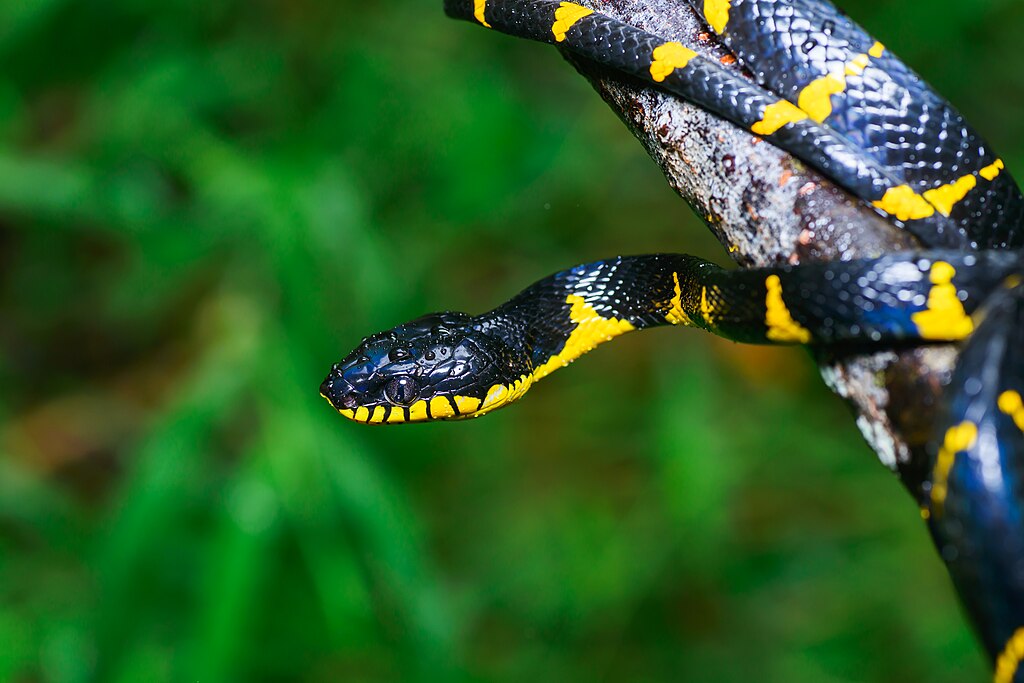
Snake vision differs significantly from human vision, with most species having relatively poor eyesight compared to their other sensory capabilities. Snakes primarily rely on heat detection (via pit organs in some species), scent detection through their vomeronasal organ, and sensitivity to vibrations rather than acute vision. Different snake species have varying degrees of visual acuity, with arboreal species typically having better vision than ground-dwelling ones. This baseline understanding is crucial because detecting age-related deterioration requires knowing what normal vision looks like for your particular snake species.
Natural Age-Related Changes in Snake Eyes
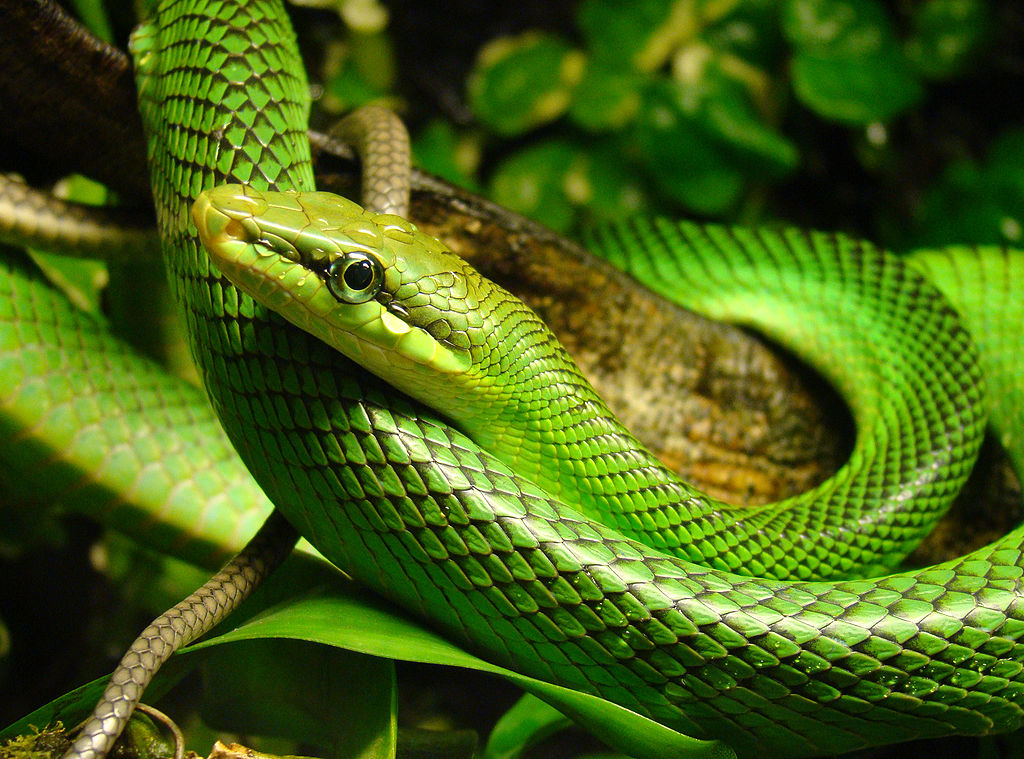
As snakes age, several natural changes occur in their eyes that might not necessarily indicate pathology but are part of normal aging. The spectacle (the clear scale covering the eye) may become slightly more opaque or thickened over time, which can affect visual clarity. Iris muscle tone might decrease, leading to less responsive pupils in changing light conditions. The retina itself can undergo age-related cellular changes that gradually reduce visual acuity. These changes typically occur very gradually over years, making them difficult to detect without deliberate observation and comparison to the snake’s younger behavior.
Changes in Hunting Behavior
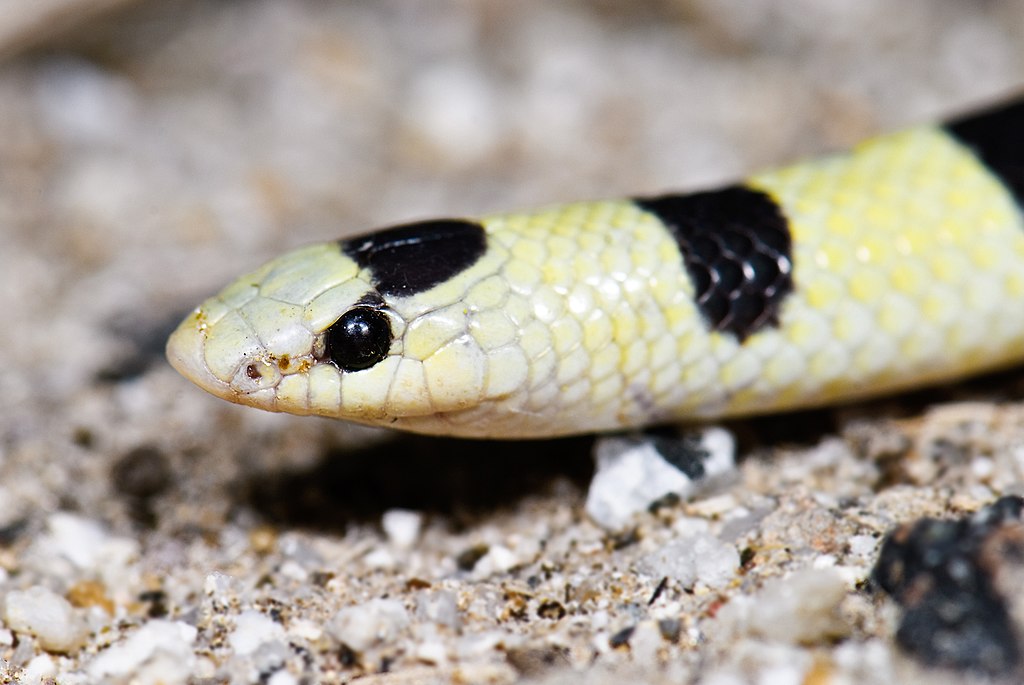
One of the most telling signs of declining eyesight in aged snakes is a noticeable change in hunting behavior, particularly in species that rely more heavily on vision to detect prey. A snake that previously struck accurately at moving prey items may begin to miss more frequently or hesitate longer before striking. Some snakes might switch to relying more on their heat-sensing abilities (if they possess them) or scent trails rather than visual cues. You might observe the snake becoming startled when prey touches them unexpectedly, whereas previously they would track the prey visually from a distance. These behavioral changes often develop gradually, so maintaining a regular feeding schedule and observing hunting patterns can help detect vision changes.
Decreased Response to Visual Stimuli
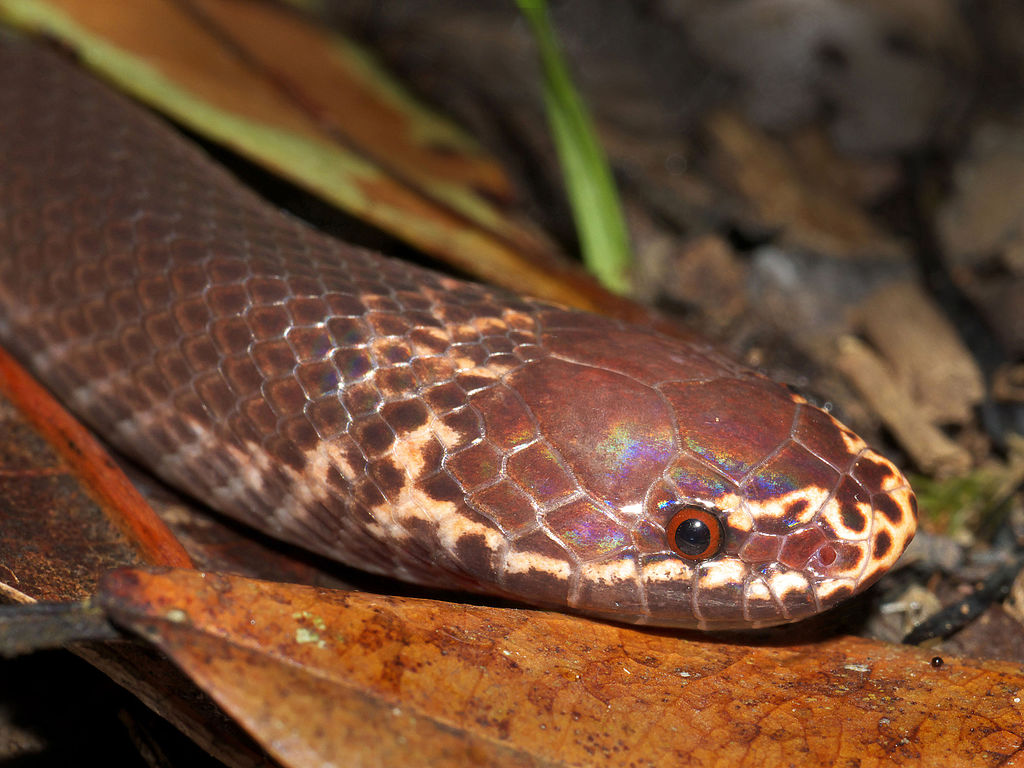
A snake with deteriorating vision will typically show reduced or delayed responses to purely visual stimuli in their environment. Movement outside their enclosure that would normally cause them to track or respond with attention might go unnoticed. They may no longer follow your hand movements when you move around their enclosure without creating vibrations. Some snake owners report that their aging snakes no longer respond to the visual presence of potential predators (like birds flying overhead for outdoor snakes) while still reacting appropriately to scent or vibration cues. Testing your snake’s response to purely visual stimuli periodically can help track potential vision changes over time.
Increased Startle Response
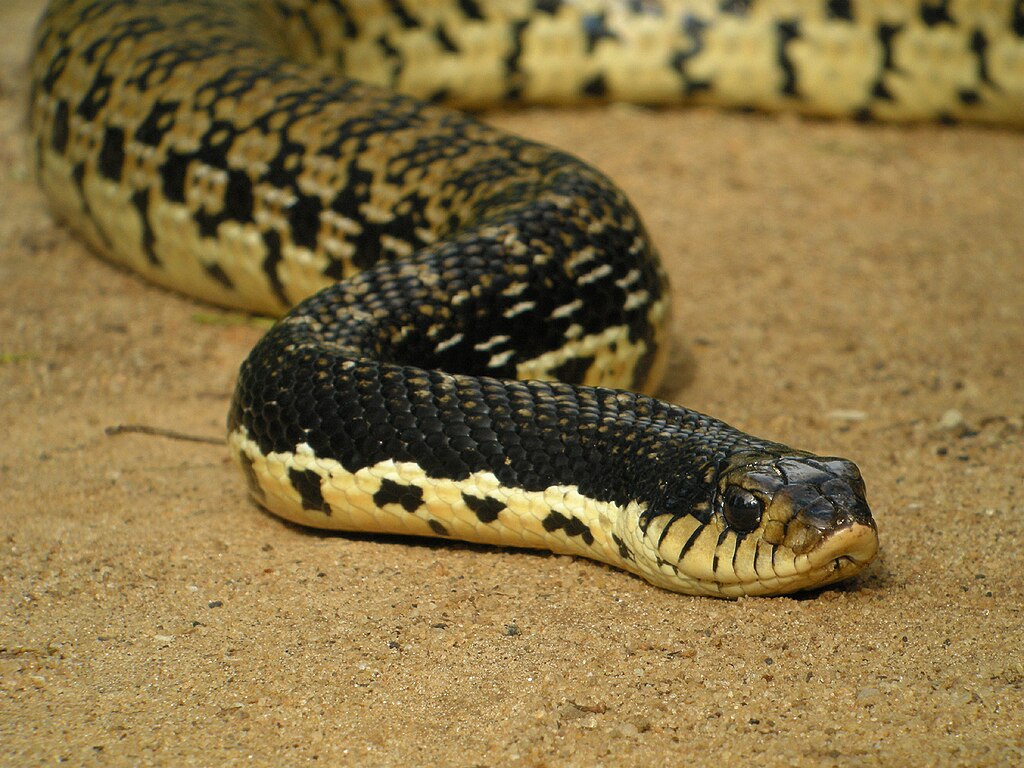
Paradoxically, snakes with declining vision often display an increased startle response when touched or when something enters their space unexpectedly. This heightened reactivity occurs because the snake can no longer visually detect approaching objects and must rely more on its tactile senses. You might notice your snake becoming jumpy or defensive when approached, even in situations that previously wouldn’t have triggered such a response. Some owners report their aging snakes striking defensively more often when handled, despite being well-socialized previously. This behavioral change results from the snake being surprised by contact it couldn’t see coming, causing it to default to defensive behaviors for protection.
Physical Changes in the Eye
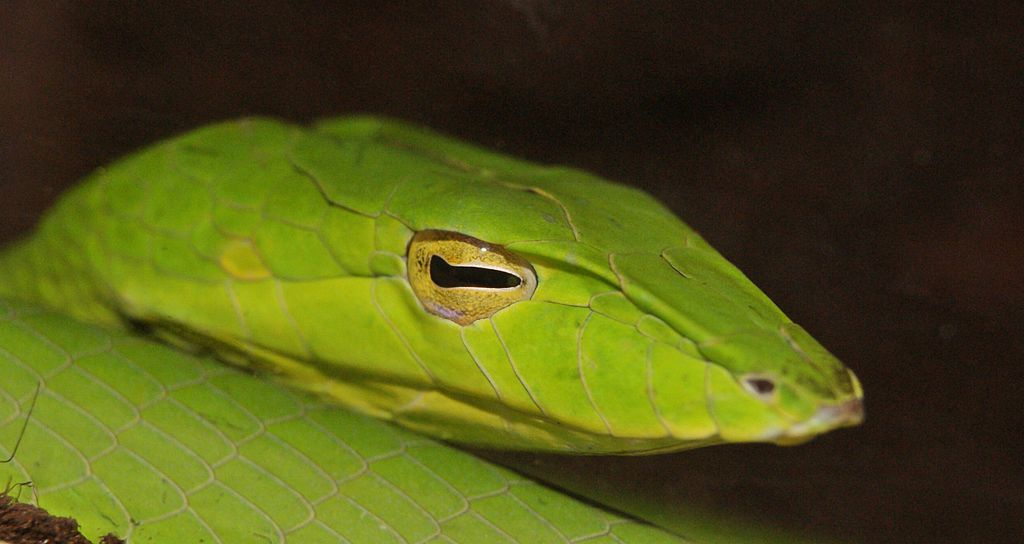
Careful examination of aging snakes might reveal physical changes in the eyes that indicate vision impairment. The spectacle may develop a permanent bluish tint between shedding cycles, different from the temporary blue appearance during pre-shed periods. You might notice uneven pupil sizes or pupils that remain dilated even in bright light. Some aging snakes develop visible cloudiness or opacities in the eye that persist after shedding. In severe cases, the eye might appear sunken or show changes in overall shape and prominence. Regular gentle examination of your snake’s eyes, ideally with proper lighting and perhaps a magnifying glass, can help detect these physical changes early.
Shedding Difficulties Around the Eyes
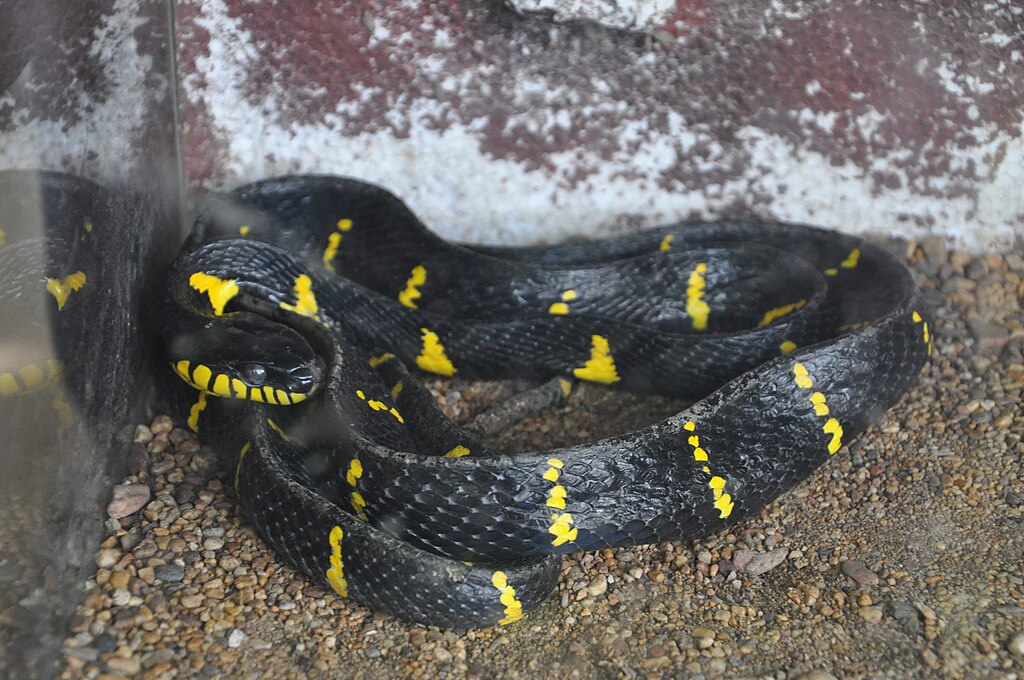
Age-related changes in a snake’s eyes often manifest as increasingly problematic sheds, particularly around the spectacle covering the eye. While retained eye caps can occur at any age, they become more common in older snakes with deteriorating eye health. The spectacle may adhere more strongly to the underlying tissues or develop irregular surfaces that complicate the shedding process. You might notice that your aging snake requires more humidity or assistance during shedding than it did in younger years. Careful inspection after each shed should become routine for older snakes, as incomplete eye cap removal can lead to complications that further compromise vision.
Navigation and Spatial Awareness Issues

Snakes with declining vision typically demonstrate changes in how they navigate their environment and maintain spatial awareness. An aging snake might bump into objects in its enclosure more frequently, especially if you’ve recently rearranged items. They may show hesitation when approaching edges or drops that would normally be easily navigated. Some owners report their snakes becoming disoriented in open spaces or showing reluctance to explore new environments. Climbing species might reduce their arboreal activities or show less confidence when navigating branches. These subtle changes in movement patterns and environmental interaction often provide early clues to visual decline before more obvious symptoms appear.
Consulting With a Reptile Veterinarian

Professional veterinary assessment remains the gold standard for determining vision changes in aging snakes. A qualified reptile veterinarian can perform specialized examinations, including ophthalmoscopy, to evaluate the internal structures of the eye for age-related degeneration. They might test pupillary light reflexes or use fluorescein dye to check for corneal abnormalities that might not be visible to the naked eye. The veterinarian can also rule out treatable conditions that mimic age-related vision loss, such as infections, injuries, or vitamin A deficiency. Regular veterinary check-ups become increasingly important as snakes age, with special attention to sensory function assessments.
Differentiating Age-Related Vision Loss From Disease
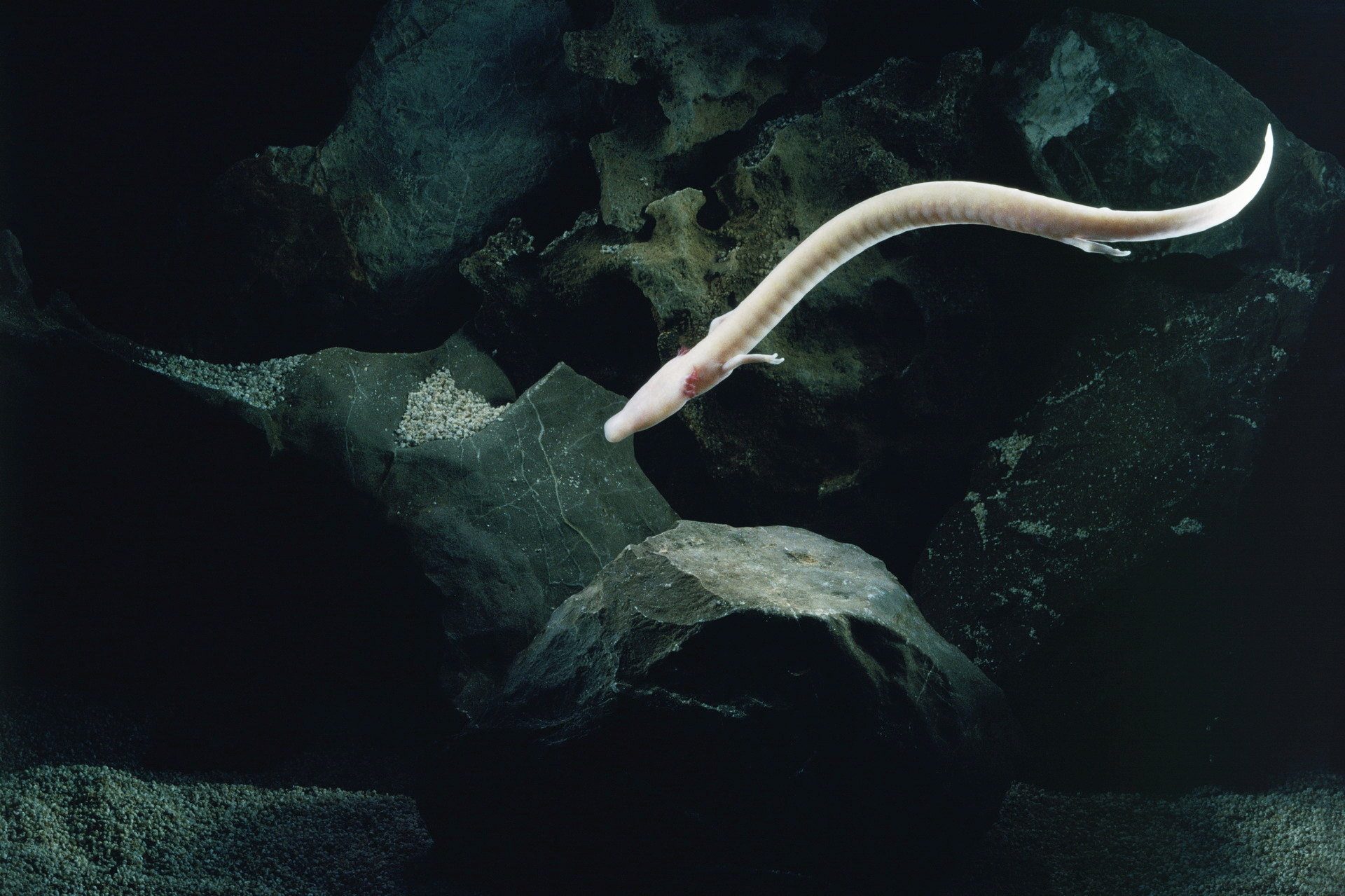
Not all visual changes in snakes stem from normal aging processes, making it important to distinguish between age-related deterioration and pathological conditions. Infectious diseases like inclusion body disease can cause neurological symptoms that affect vision and response to visual stimuli. Metabolic disorders from improper husbandry might manifest as eye abnormalities that resemble age-related changes. Trauma or physical injuries to the eye or surrounding tissues can cause acute vision changes that might be mistaken for gradual deterioration. Age-related vision changes typically develop symmetrically in both eyes over extended periods, while disease or injury often produces more rapid, asymmetrical, or accompanied by other symptoms like weight loss or behavioral changes.
Modifying Habitat for Visually Impaired Snakes
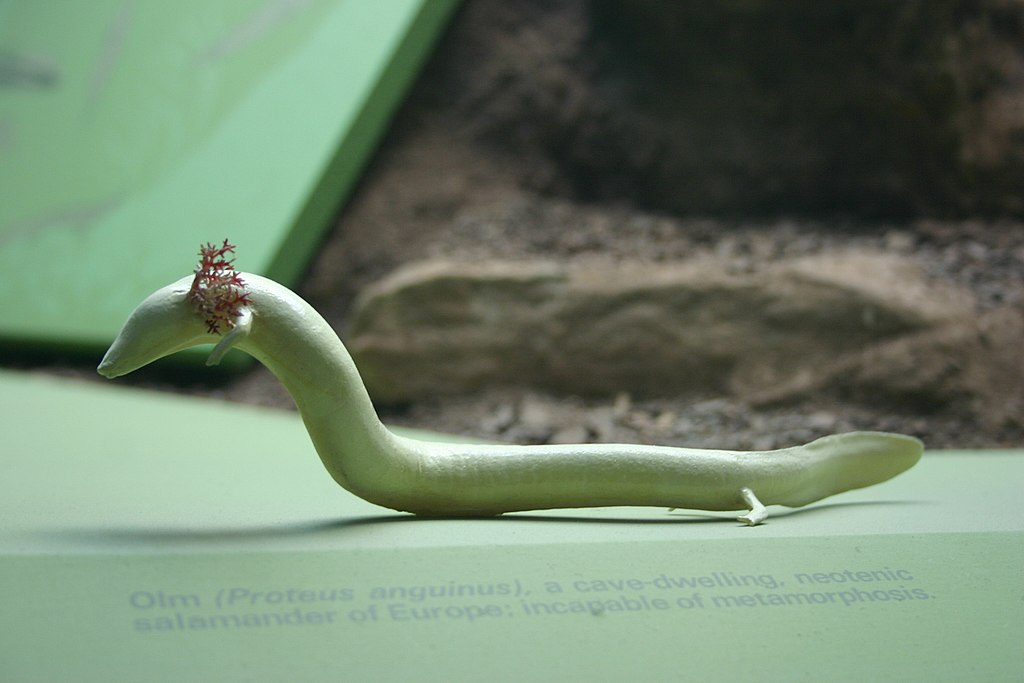
Once you’ve determined your snake is experiencing age-related vision decline, thoughtful habitat modifications can significantly improve their quality of life. Maintaining a consistent enclosure layout becomes crucial, as visually impaired snakes rely heavily on spatial memory to navigate their environment. Providing textural landmarks—different substrate types or tactile objects—helps the snake orient itself through touch rather than sight. Ensuring food items are presented with appropriate scent cues or even slight movement can help compensate for reduced visual prey detection. Some owners find that slightly smaller enclosures with simplified layouts reduce stress in visually impaired snakes by making navigation more predictable and reducing the chance of disorientation.
Adjusting Feeding Techniques
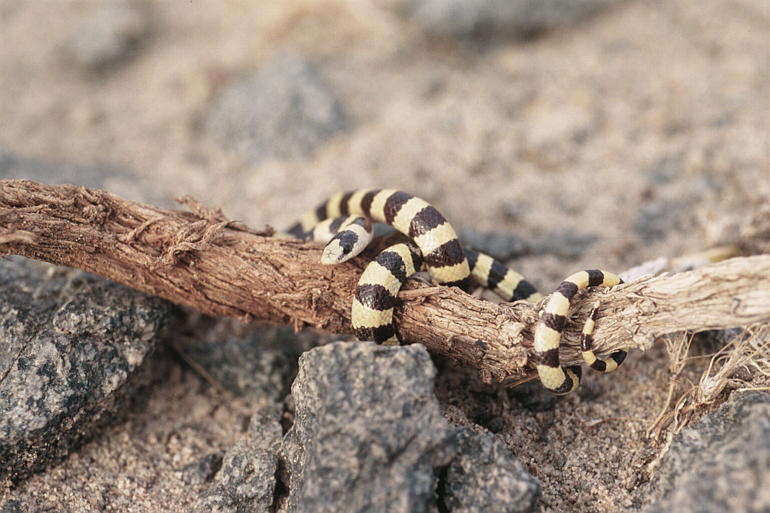
Snakes with deteriorating vision often require modified feeding approaches to ensure proper nutrition. Transitioning to scent-heavy prey presentation methods, where the prey item is gently moved to create vibrations while also leaving a strong scent trail, can help the snake locate food without relying on vision. Some snake keepers find success with “target training” their aging snakes, using a consistent tap signal on the enclosure before food presentation to create a predictable routine. For severely visually impaired snakes, assisted feeding techniques like placing prey directly in front of the snake or even gentle force-feeding might become necessary in advanced cases. Regular weight monitoring becomes especially important for aging snakes with vision issues to ensure they’re maintaining proper body condition despite potential feeding challenges.
The Role of Supplementary Sensory Input

As vision deteriorates, helping your snake maximize its other sensory capabilities becomes increasingly important. Creating environments rich in tactile stimulation—varied textures, climbing surfaces with different feels, and strategic placement of familiar scent markers—can help compensate for reduced visual input. For pit vipers and boas with heat-sensing capabilities, ensuring proper thermal gradients in the enclosure becomes even more crucial, as they’ll increasingly rely on thermoreception for navigation and hunting. Some snake owners report success with providing subtle vibration cues before handling to prevent startling their visually impaired pets. Recognizing and supporting your snake’s non-visual senses can dramatically improve their ability to adapt to age-related vision changes.
Monitoring Long-Term Progression

Age-related vision decline in snakes typically progresses slowly over years, making systematic monitoring essential for proper care adjustments. Keeping a detailed journal of behavioral observations, feeding responses, and shedding patterns can help track subtle changes that might otherwise go unnoticed. Periodic “vision tests”—observing responses to purely visual stimuli like shadows or movement outside the enclosure—can provide consistent comparative data over time. Photographing the snake’s eyes at regular intervals with good lighting can create a visual record of physical changes too subtle to notice day-to-day. This methodical tracking not only helps you provide appropriate care but also creates valuable documentation if veterinary intervention becomes necessary.
Managing Completely Blind Elderly Snakes
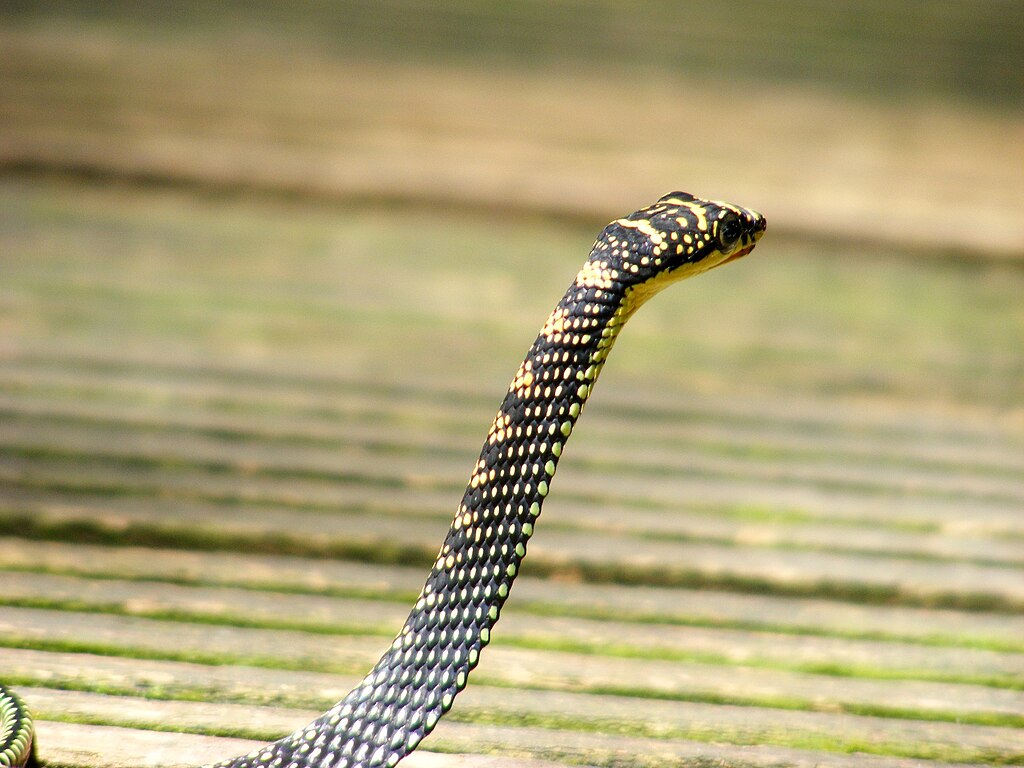
In cases where snakes develop complete or near-complete blindness in their senior years, specialized management techniques become necessary. Creating a minimalist, highly consistent enclosure with easily accessible hide spots, water sources, and basking areas becomes paramount. Some keepers develop gentle tactile cues before handling to prevent defensive strikes, such as lightly touching the snake with a paper towel tube before reaching in with hands. Feeding may require placing pre-killed prey directly against the snake’s head, allowing scent and heat (if the prey is warmed) to trigger the feeding response. With proper adaptations, completely blind snakes can maintain excellent quality of life, as their evolutionary adaptations provide multiple non-visual ways to interact with their environment.
Age-related vision changes in snakes, while challenging to detect and manage, need not significantly diminish your reptile companion’s quality of life. By understanding the subtle behavioral and physical indicators of declining eyesight, consulting with veterinary professionals, and making thoughtful habitat and care adjustments, you can help your aging snake navigate this natural transition. Remember that snakes rely less heavily on vision than mammals do, giving them a natural advantage in adapting to visual impairment through their other highly developed senses. With attentive observation and appropriate modifications, your senior snake can continue to thrive despite changes in visual acuity, maintaining the behaviors and interactions that make these remarkable reptiles such fascinating companions.





